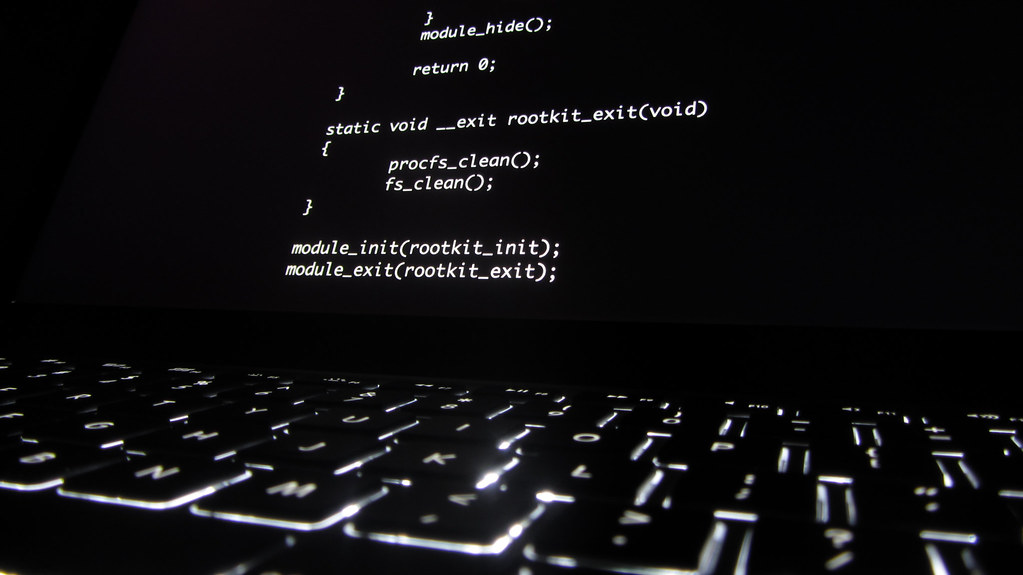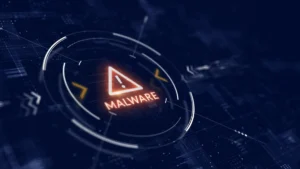
A rootkit is a type of malicious software that is designed to gain unauthorized access and control over a computer or computer system. Rootkits are often used by hackers or cybercriminals to conceal their presence, gain persistent access, and carry out nefarious activities such as stealing sensitive information, spying on users, or delivering other types of malware.
A rootkit operates at a low level within the operating system, typically with “root” or administrative privileges, allowing it to have deep and stealthy access to the system. It is called a “kit” because it typically consists of multiple components that work together to achieve its malicious objectives.
There are two main types of rootkits: user-mode rootkits and kernel-mode rootkits. User-mode rootkits operate in the user-space of the operating system, while kernel-mode rootkits operate at the kernel level, which is the core part of the operating system responsible for managing system resources and executing privileged operations. Kernel-mode rootkits are generally more sophisticated and difficult to detect compared to user-mode rootkits.
The process of creating a rootkit generally involves several steps:
- Gaining access: The first step in creating a rootkit is gaining unauthorized access to a system. This can be done through various means, such as exploiting software vulnerabilities, brute-force attacks, social engineering, or by using other malware to gain a foothold in the system.
- Establishing persistence: Once access is gained, the rootkit needs to establish persistence on the system to ensure that it can maintain control even after the system is restarted. This may involve modifying system files, adding startup scripts, or installing malicious drivers or services.
- Concealing presence: Rootkits are designed to be stealthy and hide their presence from detection by security software or system administrators. They may use various techniques to achieve this, such as hooking into system calls, intercepting and modifying system functions, or tampering with system logs and other monitoring mechanisms.
- Privilege escalation: Rootkits typically aim to gain administrative or “root” privileges to gain maximum control over the system. This may involve exploiting vulnerabilities in the operating system or other software, manipulating access control mechanisms, or using other techniques to elevate privileges.
- Backdoor creation: Rootkits often create backdoors, which are secret entry points that allow the attacker to access the system remotely without going through normal authentication processes. Backdoors can be used to maintain control, deliver additional malware, or carry out other malicious activities.
- Covering tracks: Rootkits may also attempt to cover their tracks by tampering with logs, deleting or modifying evidence of their presence, and obscuring their actions to avoid detection by security analysts or system administrators.
Rootkits can be very challenging to detect and remove, as they are designed to be stealthy and deeply embedded in the system. Detecting rootkits often requires specialized tools and techniques, such as memory analysis, behavior analysis, and rootkit-specific scanning methods.
To protect against rootkits, it is important to keep software and operating systems up-to-date with the latest security patches, use strong and unique passwords, practice good security hygiene, and use reliable antivirus and antimalware software. Regular security audits, monitoring for suspicious activities, and employing defense-in-depth strategies can also help to detect and prevent rootkit attacks.
Here are some additional details about rootkits:
Persistence Techniques: Rootkits employ various techniques to establish persistence on a compromised system. Some common techniques include modifying system configuration files, adding or modifying registry keys, creating hidden directories or files, and installing malicious drivers or services. These techniques ensure that the rootkit remains active even after system reboots or software updates, allowing the attacker to maintain control over the system for an extended period of time.
Stealth and Evasion Techniques: Rootkits are designed to be stealthy and evade detection by security software and system administrators. They use several techniques to hide their presence, such as hooking into system calls or interrupts, intercepting and modifying system functions or data, and employing anti-debugging and anti-analysis techniques. Rootkits may also use encryption or compression to obfuscate their code, making it difficult to detect using traditional signature-based antivirus or antimalware tools.
Privilege Escalation: Rootkits often aim to gain administrative or “root” privileges on a compromised system to gain maximum control. They may exploit vulnerabilities in the operating system or other software to escalate privileges, manipulate access control mechanisms, or exploit misconfigurations to gain higher levels of authorization. Privilege escalation is a critical step for rootkits to gain full control over a system and carry out their malicious activities.
Backdoor Functionality: Backdoors are a common feature of rootkits, allowing attackers to maintain access to a compromised system even after the initial compromise. Backdoors can be hidden in various ways, such as creating hidden user accounts, modifying system files, or installing remote access Trojans (RATs). Backdoors provide unauthorized access to the system and allow attackers to remotely control the compromised system, steal data, or deliver additional malware.
Rootkit Detection and Removal: Detecting rootkits can be challenging due to their stealthy nature. Traditional antivirus or antimalware tools may not always be effective in detecting rootkits, as they often use sophisticated techniques to hide their presence. Detection methods for rootkits may include memory analysis, behavior analysis, anomaly detection, and scanning for known rootkit signatures or patterns. Removal of rootkits can also be complex, as they often require specialized tools and techniques to fully eradicate from the system. This may involve manual removal of malicious files, registry keys, or drivers, repairing system configurations, and patching vulnerabilities that were exploited by the rootkit.
Legal and Ethical Considerations: It’s important to note that creating, distributing, or using rootkits for malicious purposes is illegal and unethical. Rootkits are considered as malicious software and their use for unauthorized access, data theft, or other malicious activities is illegal and can result in severe legal consequences. Ethical considerations must always be taken into account when dealing with rootkits, and they should only be used for legitimate purposes such as security testing, research, or forensic investigations with proper authorization and legal permission.
Conclusion
Rootkits are a type of malicious software that allows attackers to gain unauthorized access, control, and persistence on a compromised system. They use various techniques to hide their presence, escalate privileges, establish backdoors, and evade detection.
Detecting and removing rootkits requires specialized tools and techniques, and their use for malicious purposes is illegal and unethical. Taking appropriate security measures, such as keeping software updated, using strong passwords, and employing defense-in-depth strategies, can help protect against rootkit attacks.

